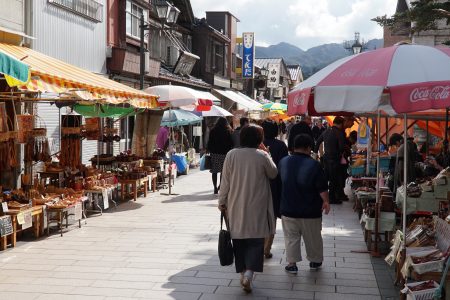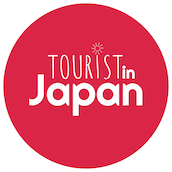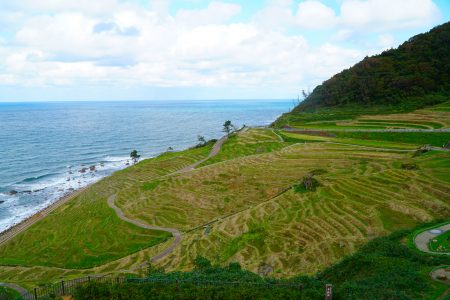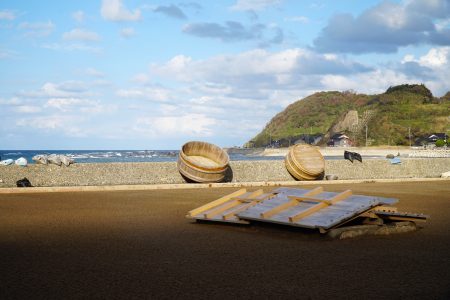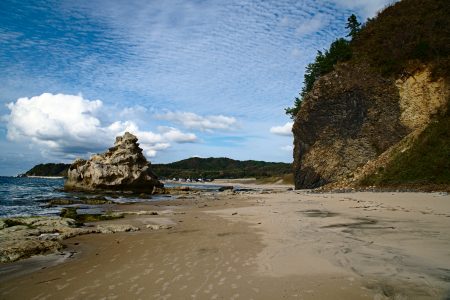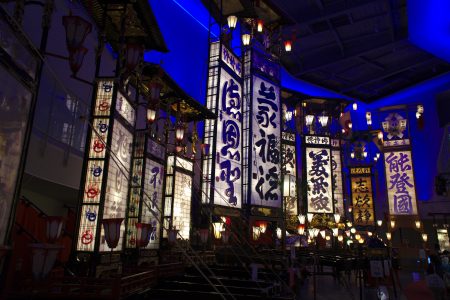Wajima is a small city (pop: 27’700) located on the Noto Peninsula, in Ishikawa Prefecture. It is the largest city in Okunoto, which is the northern part of the Noto region. The city is defined by it’s main industries: fishing, lacquerware and tourism.
